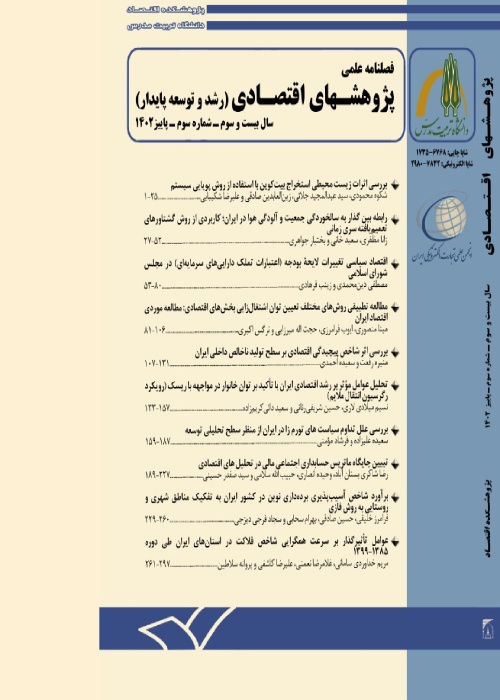The Effect of Preferred Currency Subsidies Policy on Food Consumption in Urban Areas of Iran
The currency fluctuations intensified in Iran from the end of 2017. In order to manage the foreign exchange market, from the beginning of 2018, the government economic staff allocated preferential currency at the rate of 42000 Rials per US dollar to basic goods’ imports. The main purpose of this policy was to prevent the spread of currency inflammation to the market of basic goods needed by the people and to benefit the lower income deciles of society. However, today, three years after the implementation of this plan, many experts believe that the implementation of the preferred currency subsidy policy has resulted in high costs and due to failure to control rising prices, has not been able to ensure the stability of target food consumption among households. On the contrary, proponents of this policy believe that the effect of the preferred currency subsidies policy on controlling the growth of product prices in the final market and ultimately household consumption has been significant. Therefore, the question arises here is that whether the subsidy paid in the form of preferred currency policy reaches the final consumer and has a significant effect on his level of consumption? With this approach, the present study evaluates the effect of preferred currency subsidies policy on food consumption in urban areas of Iran. In order to achieve this goal, first, the theoretical model of the present study is explained by applying theoretical foundations in various studies. It is worth mentioning that the information required for the study is collected during the period 2005-2020 and analyzed in the form of PANEL ARDL model. The results show that although the preferred currency subsidies policy has a positive and significant effect on household consumption, but this effect is not remarkable. At the same time, according to the results, the price index of food groups and exchange rate fluctuations have negative effects on food consumption in the short and long term and in contrast, increasing the income of urban households has a positive and significant effect on food consumption in the short and long term. Finally, the results of the error correction model (ECM) show that due to the low speed of adjustment, the effects of currency shocks have high durability in the Iranian economy.
- حق عضویت دریافتی صرف حمایت از نشریات عضو و نگهداری، تکمیل و توسعه مگیران میشود.
- پرداخت حق اشتراک و دانلود مقالات اجازه بازنشر آن در سایر رسانههای چاپی و دیجیتال را به کاربر نمیدهد.



